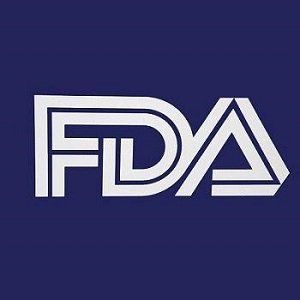Venetoclax Approved for Treating CLL
On April 11, 2016, The US Food and Drug Administration approved a new agent for patients with chronic lymphocytic leukemia.

On April 11, 2016, The US Food and Drug Administration (FDA) approved a new agent for patients with chronic lymphocytic leukemia (CLL). The agent is approved for treating patients who have a chromosomal abnormality 17p deletion and who have been treated with at least one prior therapy. Venclexta (venetoclax) is the first FDA-approved treatment that targets the B-cell lymphoma 2 (BCL-2) protein, which supports cancer cell growth and is overexpressed in many patients with CLL.
The company developing the drug, AbbVie Inc., said this oral agent will become commercially available in the US within a week. Venetoclax is indicated for daily use after detection of 17p deletion is confirmed through the use of the FDA-approved companion diagnostic Vysis CLL FISH Probe Kit.
“These patients now have a new, targeted therapy that inhibits a protein involved in keeping tumor cells alive,” said Richard Pazdur, MD, director of the Office of Hematology and Oncology Products in the FDA’s Center for Drug Evaluation and Research, in a news release. “For certain patients with CLL who have not had favorable outcomes with other therapies, Venclexta may provide a new option for their specific condition.”
Venetoclax was tested in a single-arm clinical trial of 106 patients with CLL who had a 17p deletion and received at least one prior therapy. Clinical trial participants took venetoclax orally every day, beginning with 20 mg and titrating over a 5-week period to 400 mg.
The median time on treatment (at the time of data evaluation) was 12.1 months (range: 0 to 21.5 months). The primary efficacy endpoint, overall response rate (ORR), was 80%. The median time to first response was 0.8 months (range: 0.1 to 8.1 months). Median duration of response (DOR) has not been reached with approximately 12 months of median follow-up. The DOR ranged from 2.9 to over 19.0 months.
The safety of single-agent venetoclax is based on pooled data of 240 patients with previously treated CLL from two phase II trials and one phase 1 trial. The most common adverse reactions (≥20%) were neutropenia, diarrhea, nausea, low hemoglobin, upper respiratory tract infection, thrombocytopenia, and fatigue.
Serious adverse reactions were reported in 43.8% of patients. The most frequent serious adverse reactions (≥2%) were pneumonia, febrile neutropenia, fever, autoimmune hemolytic anemia (AIHA), low red blood cell count, and tumor lysis syndrome. Discontinuations due to adverse reactions occurred in 8.3% of patients. The most frequent adverse reactions leading to drug discontinuation were thrombocytopenia and AIHA. Dosage adjustments due to adverse reactions occurred in 9.6% of patients.
Newsletter
Stay up to date on recent advances in the multidisciplinary approach to cancer.
Highlighting Insights From the Marginal Zone Lymphoma Workshop
Clinicians outline the significance of the MZL Workshop, where a gathering of international experts in the field discussed updates in the disease state.